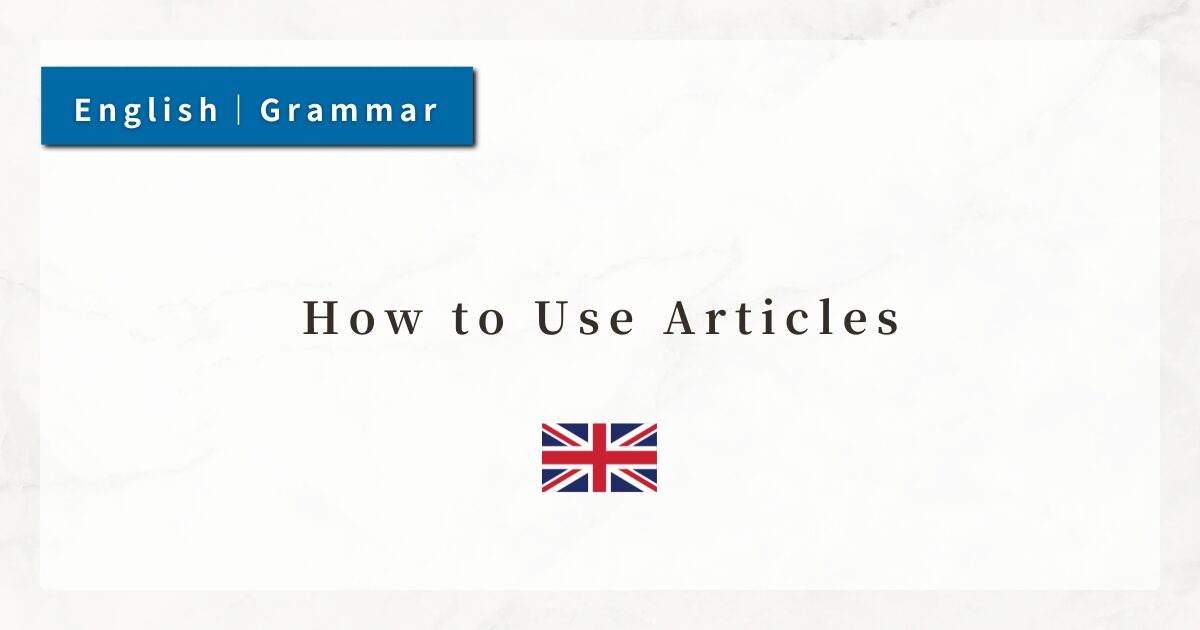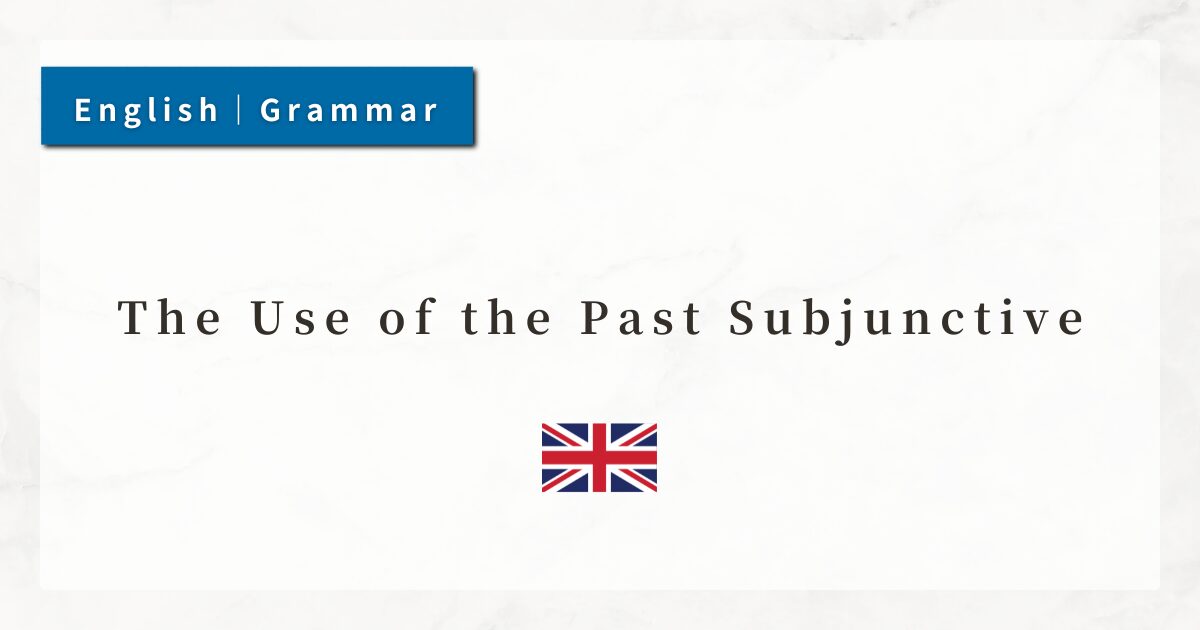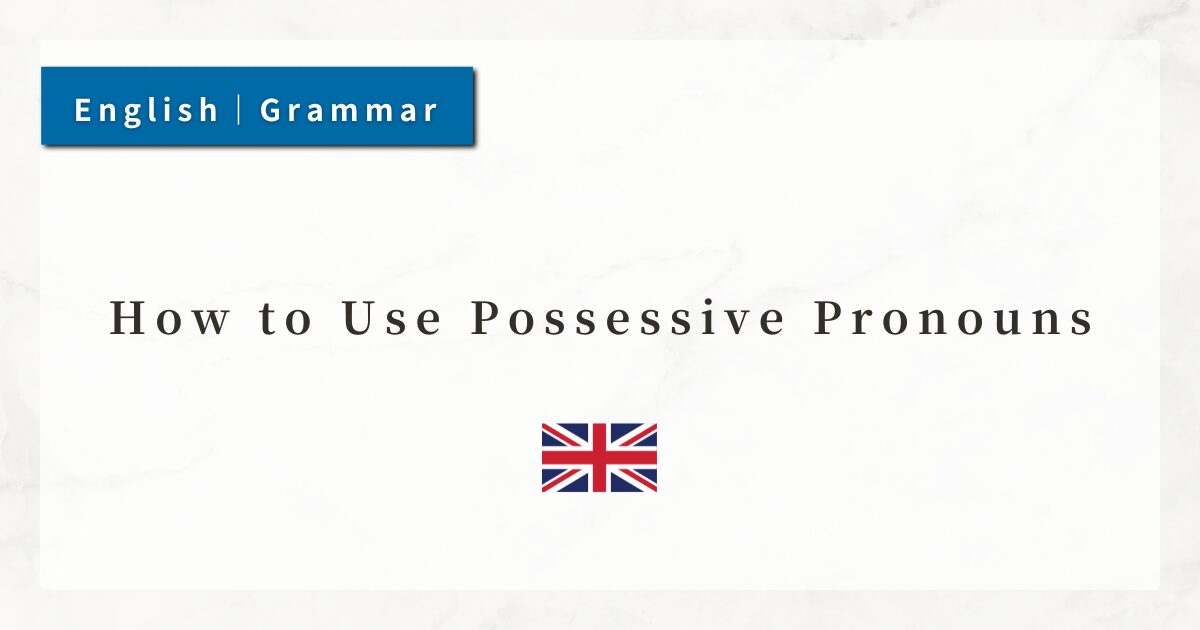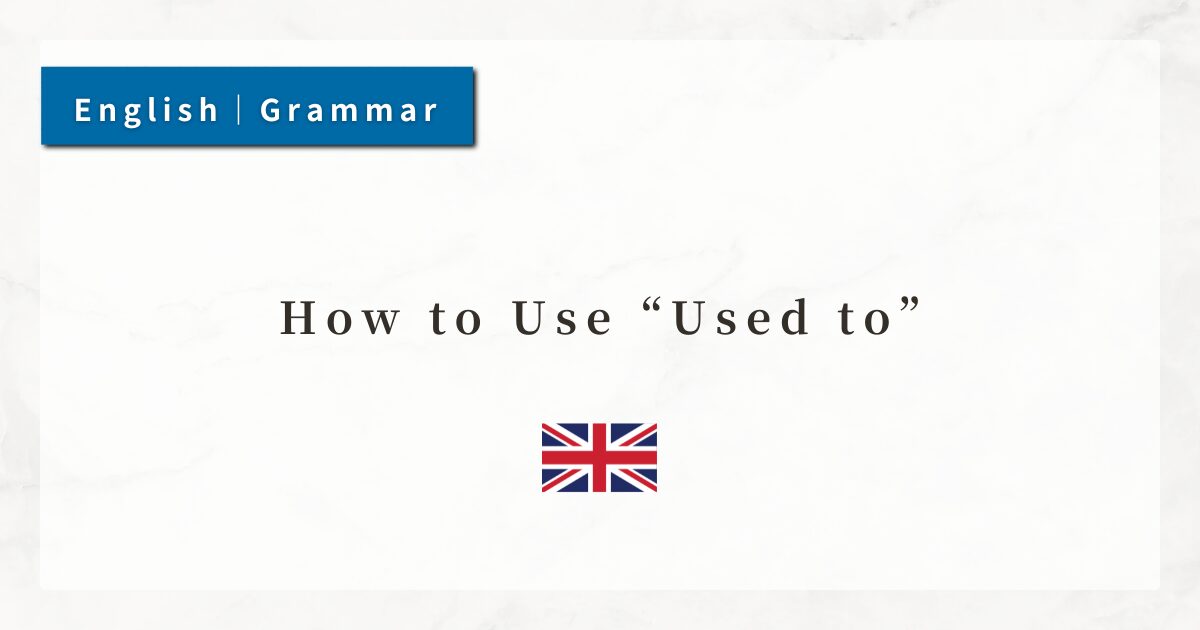#19 How to Use the Present Continuous Tense|Explaining the Structure “be + ing”
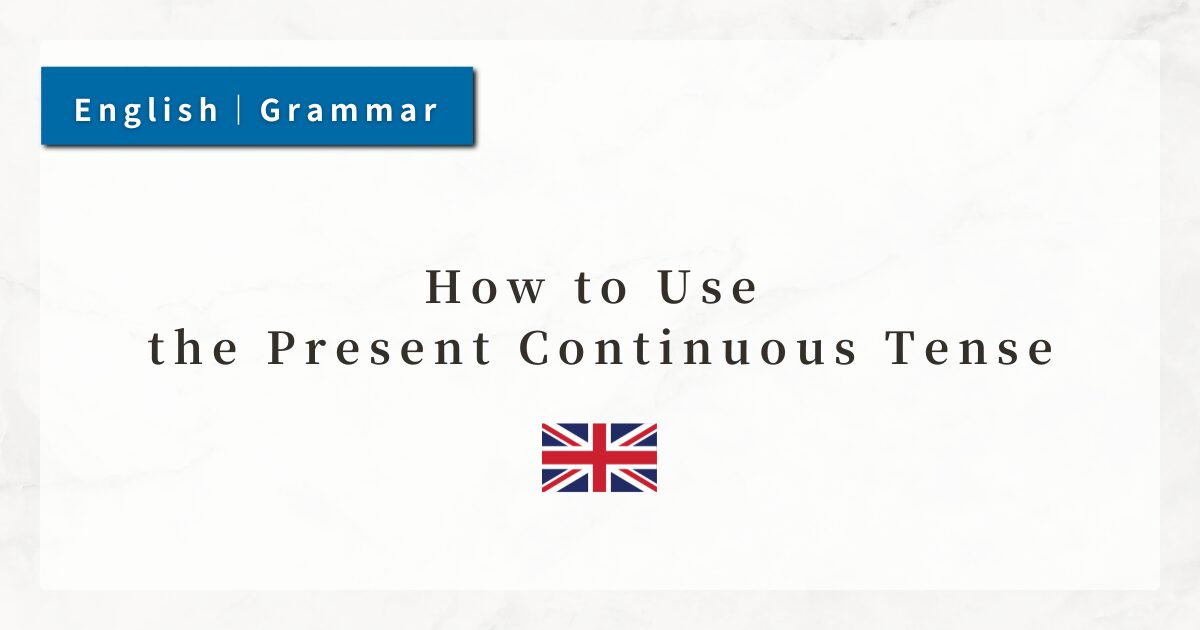
When I want to say “I am doing something right now” in English, I use the present continuous tense. It is formed with the verb “be” + the -ing form of a verb, and it is used to describe actions happening at the moment or temporary situations.
In this lesson, I will explain how to form present continuous sentences, how to use them, and how they differ from the basic present tense.
1. Basic Structure of the Present Continuous
A sentence in the present continuous tense is formed as follows:
Subject + be verb (am / is / are) + -ing form of a verb
The key point is that the main verb must always take the -ing form.
| Subject | be verb | -ing verb form | Example |
|---|---|---|---|
| I | am | talking | I am talking |
| You | are | studying | You are studying |
| He/She/It | is | running | He is running |
| We/You/They | are | working | We are working |
This correspondence is something I must always keep in mind whenever I use the verb “be,” not only in the present continuous.
2. Uses and Meanings of the Present Continuous
The present continuous is mainly used in two situations:
2-1. Actions Happening Right Now
This is the most basic use of the present continuous. I use it when I want to say “I am doing something now.”
- I am studying English.
- She is cooking dinner now.
It is often used together with expressions emphasizing “now,” such as now, right now, at the moment.
2-2. Temporary Actions (Not Regular Habits)
The present continuous also expresses actions limited to a certain time or temporary activities.
- I’m staying at my friend’s house this week.
- He is working in Tokyo these days.
Thus, it can describe actions restricted to the present period.
3. Forming the -ing Verb and Spelling Rules
When adding -ing to verbs, the basic rule is simply to attach it. However, there are several spelling changes:
| Verb | -ing Form | Rule |
|---|---|---|
| play | playing | Normally just add -ing |
| make | making | Drop final “e” and add -ing |
| run | running | Double the final consonant after a short vowel |
| lie | lying | Change “ie” to “y” before adding -ing |
These changes are made to keep spelling and pronunciation natural. Rather than memorizing mechanically, it is best to get used to them through real words.
4. Negative and Interrogative Forms
The present continuous has simple rules for negatives and questions.
4-1. Negatives: be verb + not + -ing verb
- I am not watching TV.
- They are not playing outside.
Contractions (isn’t / aren’t) are frequently used.
4-2. Questions: Move the be verb to the beginning
- Are you studying now?
- Is he sleeping?
Since the present continuous uses the be verb, questions are formed by inverting the subject and the be verb. Unlike the present tense, I do not use do/does for these questions.
5. Difference Between the Present Simple and the Present Continuous
5-1. Present Simple: Habits and General Facts
The present simple is used for habitual actions and universal truths.
- I go to the gym every Monday.
- She drinks coffee every morning.
It also expresses scientific or universal facts:
- Water boils at 100 degrees.
- The earth goes around the sun.
5-2. Present Continuous: Current and Temporary Actions
The present continuous describes actions happening right now or those that are temporary.
- I am watching a movie now.
- He is cooking dinner right now.
It also applies to temporary or limited actions:
- She is staying with her parents this week.
- We are using a rental car today.
6. Summary
- The present continuous is formed with “be + -ing.”
- It expresses actions happening now and temporary situations.
- I must use the correct form of am / is / are depending on the subject.
- Negative and interrogative sentences are made easily with the be verb (no do is needed).
- Understanding the difference from the present simple (habit vs. current action) is essential.

